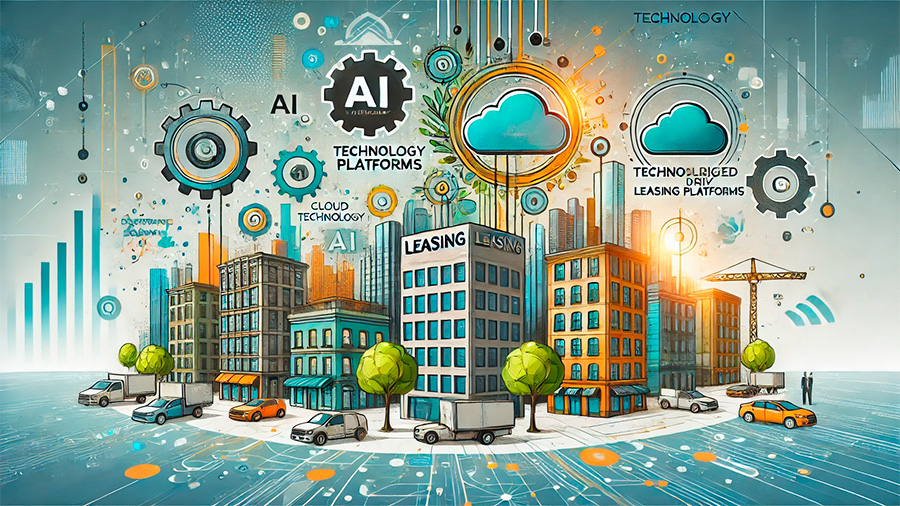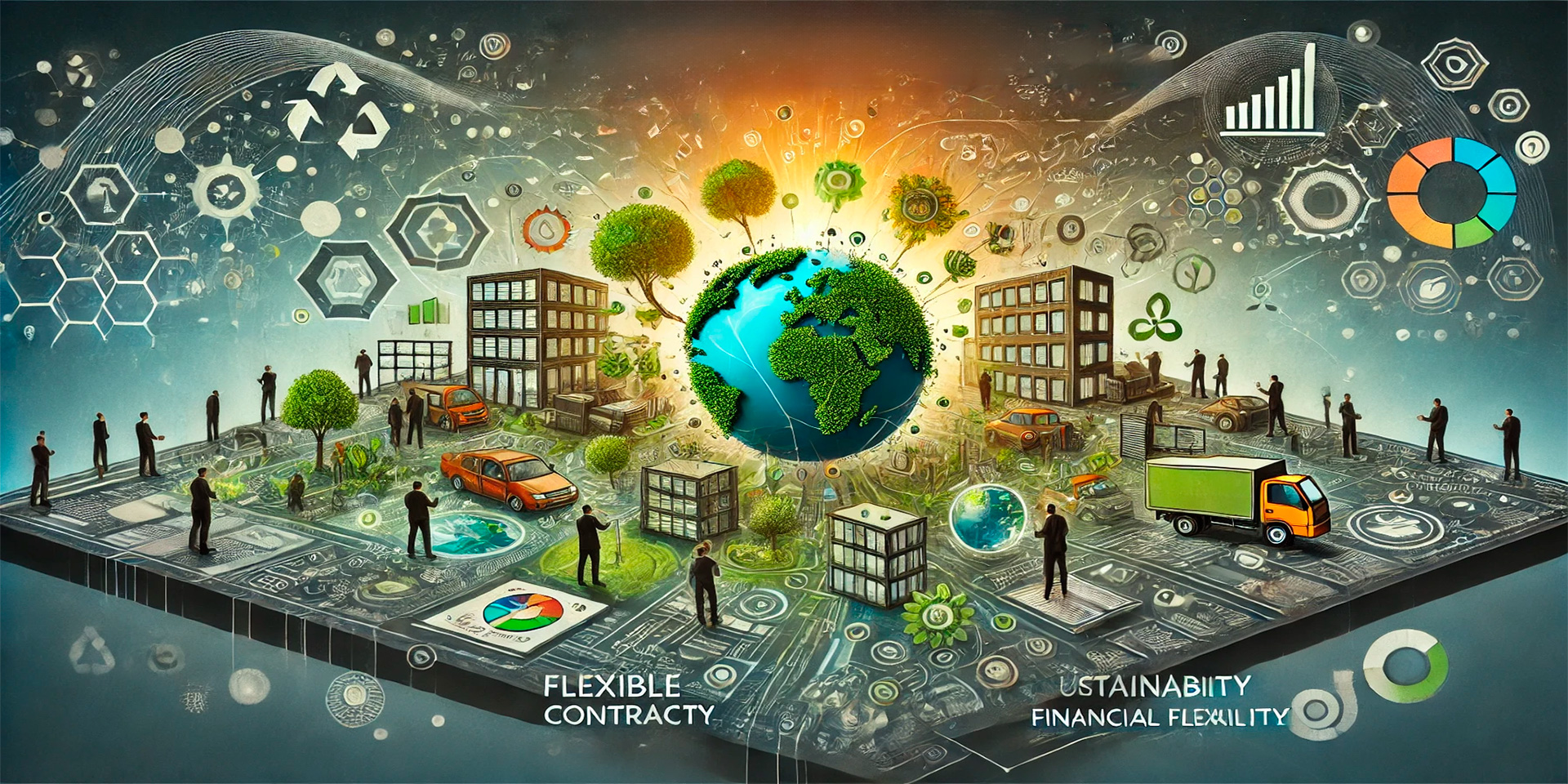Leasing is evolving rapidly, reshaping how businesses finance their operations and acquire essential assets. As companies increasingly seek flexible, cost-effective alternatives to purchasing, leasing has become a key financial tool across industries. Emerging trends in leasing are driven by advancements in technology, the demand for sustainability, and the need for greater financial agility. These trends are set to transform the future of business finance, offering new ways for companies to manage resources, control costs, and remain competitive.
In this article, we explore the leasing trends that are shaping the future of business finance and how they will impact businesses in the years to come.
Flexible Leasing Structures
One of the most significant trends in leasing is the move toward more flexible leasing structures. Traditional long-term leases are giving way to short-term, customizable agreements that allow businesses to adjust their leasing terms based on changing needs. This flexibility is crucial in industries where rapid technological advancements or fluctuating demand require companies to scale their operations up or down quickly.
For instance, subscription-based leasing models are becoming increasingly popular. These models enable businesses to lease equipment or technology on a monthly basis, similar to a subscription service. Companies can easily upgrade to newer assets or reduce their leasing commitments without being locked into long-term contracts. This trend is particularly beneficial for businesses in tech-driven sectors like IT and manufacturing, where the need for the latest equipment is critical to staying competitive.

Growth of Technology-Driven Leasing Platforms
Advancements in technology are transforming the leasing landscape, making the process more efficient and transparent. Digital leasing platforms are streamlining everything from application submission to contract management. Businesses can now apply for leases online, track their leased assets in real-time, and automate payment schedules, reducing the administrative burden and speeding up the leasing process.
Artificial intelligence (AI) and data analytics are also being integrated into leasing platforms, allowing lessors to provide more tailored leasing options based on a company’s financial health and operational needs. These data-driven solutions help businesses make more informed leasing decisions, optimizing their asset usage and cost management. The continued growth of technology-driven leasing platforms will make leasing an even more accessible and flexible financing option for businesses of all sizes.
Sustainability and Green Leasing
As sustainability becomes a priority for businesses, green leasing is emerging as a trend that aligns financial strategies with environmental goals. Green leasing allows companies to lease eco-friendly assets such as energy-efficient equipment, electric vehicles, or sustainable office spaces. This trend not only helps businesses reduce their carbon footprint but also improves their brand image as environmentally responsible organizations.
Leasing also plays a key role in the circular economy by promoting the reuse and refurbishment of assets. Instead of purchasing new equipment, businesses can lease refurbished items, extending the lifecycle of these assets and reducing waste. As sustainability becomes a more central focus for businesses, green leasing will continue to grow in importance, offering financial and environmental benefits.

Increased Focus on Operational Efficiency
The focus on operational efficiency is another driving factor in the evolution of leasing. Businesses are under increasing pressure to reduce costs and improve productivity, and leasing provides a way to achieve these goals without large upfront investments. By leasing instead of buying, companies can allocate their capital to other critical areas such as product development, marketing, or expanding their workforce.
Leasing also allows businesses to avoid the maintenance and depreciation costs associated with asset ownership. Many leasing agreements include maintenance services, meaning that the lessor is responsible for keeping the asset in good working condition. This reduces the financial burden on businesses and ensures that equipment is always up to date, further enhancing operational efficiency.
Cross-Border Leasing for Global Expansion
As businesses expand internationally, cross-border leasing is becoming an essential tool for financing global operations. Leasing allows companies to enter new markets without the need for significant upfront capital investments in equipment or property. This is especially important for companies that need to establish a presence in multiple countries while managing the complexities of international finance and compliance.
Cross-border leasing agreements are becoming more tailored to the specific needs of global businesses, offering solutions that address currency fluctuations, tax implications, and varying regulatory environments. This trend is likely to accelerate as more businesses seek to grow their global footprint while maintaining financial flexibility.
Shift Toward Asset-as-a-Service Models
The traditional model of leasing physical assets is evolving into a broader trend known as Asset-as-a-Service (AaaS). In this model, businesses pay for the use of an asset or service without the need to own or maintain the underlying equipment. AaaS provides companies with even greater flexibility, allowing them to pay for what they use on a subscription or usage-based model.
This trend is particularly relevant in sectors like IT and software, where businesses lease not only the hardware but also the services that come with it. For example, companies can lease cloud computing services or software-as-a-service (SaaS) platforms, paying only for the data storage or software they use. As businesses continue to prioritize flexibility and efficiency, the AaaS model will likely expand across industries, offering new ways to finance and manage assets.
Conclusion
The future of leasing is being shaped by trends that emphasize flexibility, technology, sustainability, and global expansion. As businesses face new economic challenges and opportunities, leasing is evolving to meet their needs with innovative solutions like digital platforms, green leasing, and subscription-based models. These emerging trends will continue to redefine how businesses finance their operations, providing the tools and strategies needed to remain agile, competitive, and efficient in an ever-changing marketplace.


